The power of biomedical research lies in its potential to turn new knowledge into better realities for patients and communities. Sometimes it can transform the way we understand the nature of human health.
All of the above are demonstrated by this year’s recipients of the annual Canada Gairdner Awards, announced on Thursday by the Toronto-based Gairdner Foundation.
Among the eight awardees are researchers whose pioneering work produced an effective mode of cancer immune therapy, powered a revolution in DNA sequencing and led the charge against one of the world’s most prevalent childhood infections.
Established in 1957 with a donation from philanthropist James A. Gairdner, the awards have since become Canada’s most prestigious prize for breakthrough research conducted around the world in biomedical science.
Five international awards plus one for advancing global health are bestowed annually. Recipients also collect $100,000 each. Two additional awards of $50,000 are reserved for mid-career Canadian researchers who have made exceptional contributions and are poised to have a continuing impact on human health.
The prizewinners also take part in a speaking tour that includes meeting with students across Canada before attending a gala award banquet in Toronto in the fall.
Here are this year’s recipients and the personal journeys that led to their award-winning work.
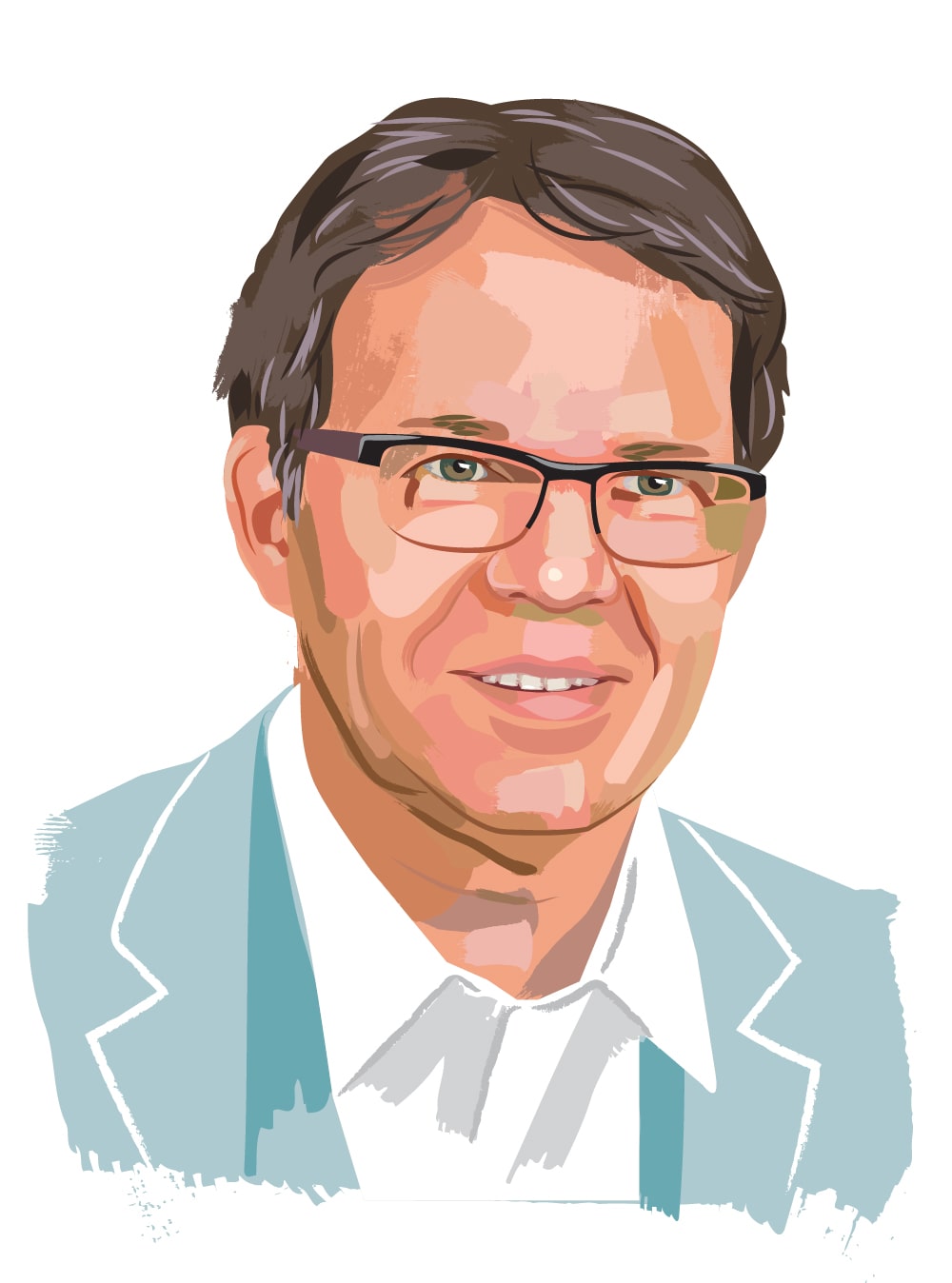
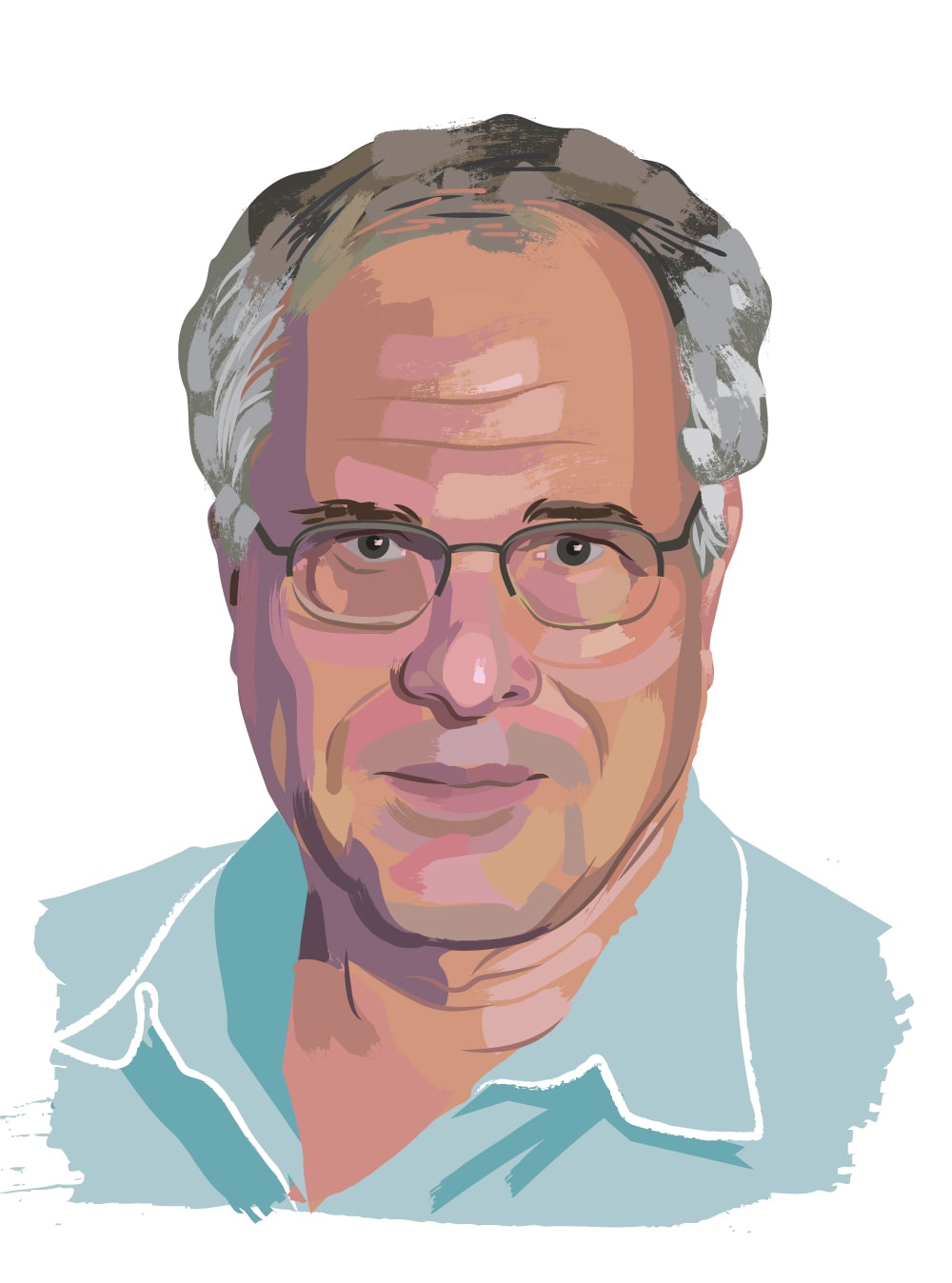
Michel Sadelain and Zelig Eshhar
Canada Gairdner International Award
Michel Sadelain was wearing a light jacket suitable for fall in his native Paris when he landed in Edmonton on a -35 C day in 1984. Fortunately for him, and for an untold number of future cancer patients, he had a warm place to go. “I went to the lab right away,” he said.
His new scientific home was the immunology department at the University of Alberta, where he earned his PhD alongside a group of daring and creative mentors who encouraged him to pursue an idea that many in his field dismissed as implausible.
Dr. Sadelain wanted to teach the human immune system, a finely tuned killer of external invaders such as viruses and bacteria, to look inward to seek and destroy cancer. But rather than manipulating the immune system with a vaccine targeting cancer, as many are still trying to do, Dr. Sadelain and Israeli immunologist Zelig Eshhar conceived a bespoke therapy that is engineered from individual patients’ T-cells and injected back into them as a living drug, known as CAR-T immunotherapy.
Dr. Eshhar, a professor of chemical and cellular immunology at the Weizmann Institute of Science in Israel, created the first generation of CAR molecules in the 1980s. He named them “T-bodies” because his innovation, laid out in a seminal 1989 paper, was to attach antibody fragments to T-cell receptors, creating a claw that significantly improved the ability of T-cells to latch on to targets.
“This was very, very revolutionary at the time,” said Yair Reisner, a professor in the department of stem cell transplantation at the University of Texas MD Anderson Cancer Center in Houston and a long-time colleague of Dr. Eshhar’s.
Dr. Sadelain, meanwhile, moved to the Massachusetts Institute of Technology, where he figured out how to introduce a gene into the chromosome of a T-cell using modified retroviruses.
When he started his own lab at the Memorial Sloan Kettering Cancer Center in New York, his goal was to create a molecule that, once inserted into T-cells, could teach them to identify and kill cancer.
Dr. Sadelain tested Dr. Eshhar’s “T-bodies,” with their ingenious claws, as a base. But there was a problem. “When we tested those molecules, we realized that they were not capable of making a T-cell divide and that the functions of those T-cells were short-lived,” Dr. Sadelain said. Engineered T-cells that died off after killing only a few cancer cells would be of no use to patients.
Dr. Sadelain and his colleagues spent the 1990s working on the problem, and eventually hit on a way to upgrade Dr. Eshhar’s molecules to make the T-cells multiply. They named these new molecules chimeric antigen receptors, or CARs, and instructed them to target CD19, a protein found on the surface of B-cells and several blood-borne cancers.
In 2003, Dr. Sadelain’s group published a landmark paper showing CD19-directed CAR-T cells wiped out leukemia cells in mice, eventually leading to human trials run out of several labs, including Dr. Sadelain’s own.
The U.S. Food and Drug Administration approved the first CAR-T therapy in 2017 for use in children and young adults with acute leukemias and lymphomas that are refractory – the medical term for cancers that defy all treatment, sentencing patients to death. CAR-T therapy saved many of their lives.
“To see someone who had no hope now reimagining their life is one of the greatest gifts you can imagine,” Dr. Sadelain said.
-Kelly Grant
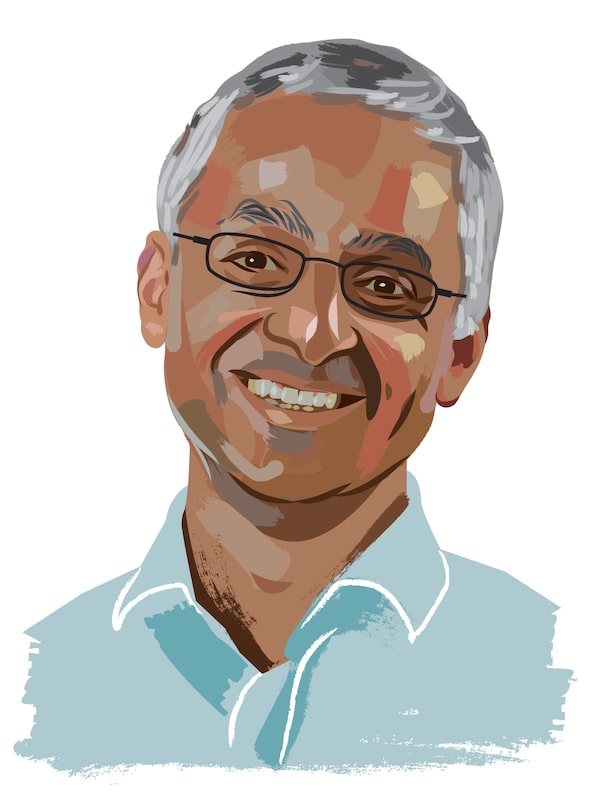
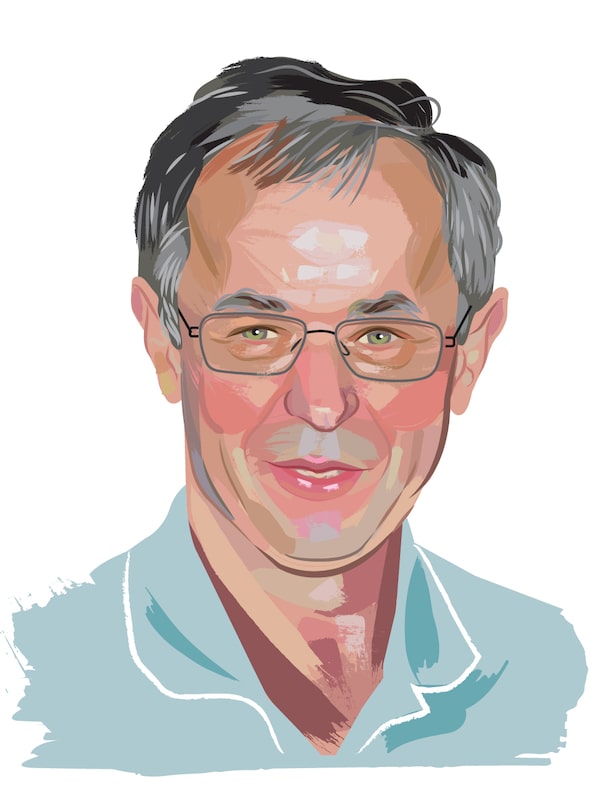
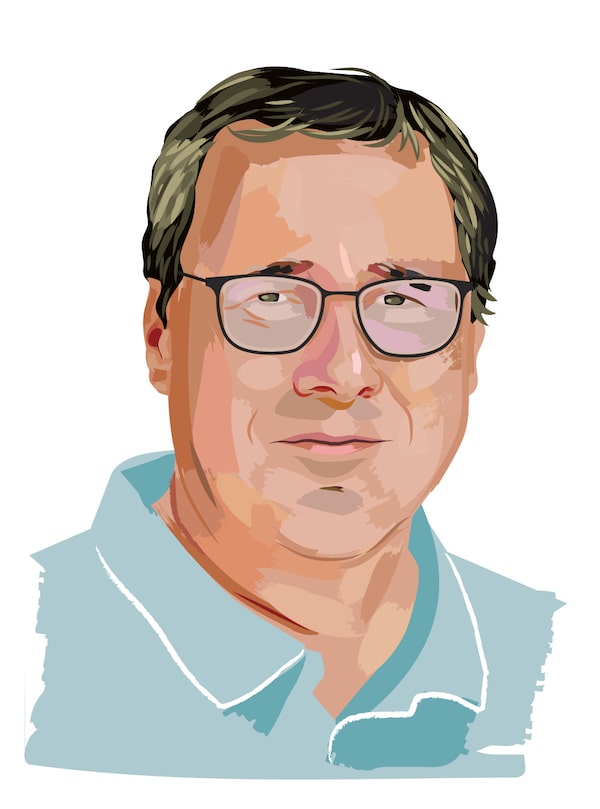
Shankar Balasubramanian, David Klenerman and Pascal Mayer
Canada Gairdner International Award
Each person’s DNA comes with variations that are key to individual health and identity, but without a way to read that DNA, the vital information it carries is inaccessible.
When Shankar Balasubramanian was growing up and playing soccer in the British town of Runcorn, near Liverpool, in the 1980s, top laboratories were reading DNA using Sanger sequencing. The method, named after Cambridge University biochemist Frederick Sanger, involved making a series of successively more complete fragments of a gene and then watching as the fragments separated themselves on a gel according to length. By chemically reading out the end of each fragment in order, the gene’s DNA sequence could be obtained.
The method worked but was laborious. When the human genome project was launched in 1990, experts estimated it would take 15 years to sequence a single individual’s DNA.
By then Dr. Balasubramanian was a student at Cambridge. He was still playing competitive soccer – until he was sidelined by a knee injury – but he also had a new passion: chemistry.
After earning his PhD in 1992 and a research stint in the United States, Dr. Balasubramanian was back at Cambridge as a young faculty member with “lots of ideas, but no clear direction,” he said. The need for a certain type of laser to study the large biological enzymes he was interested in led him to work with another new arrival in the department, David Klenerman, whose skills lay in pushing measurement techniques to their limits. For Dr. Klenerman, the collaboration was a revelation.
“At that time, the big advance in my field was the ability to see single molecules,” he said. “I realized that we could reuse all that technology but now apply it to biology.”
With no aim other than curiosity in mind, the two wrote a proposal to study DNA polymerase, the molecule that assembles the double helix of DNA out of its individual subunits called bases. To their surprise the method also showed them a way that the sequence of base pairs could be read. The potential was clear and the researchers co-founded a company, called Solexa, to develop the technology.
Meanwhile, in 1997, Pascal Mayer, a French biochemist, was working for the pharmaceutical company that was then known as Glaxo-Wellcome in Switzerland when he foresaw problem with a method his managers wanted him to explore for sequencing DNA using radioactively labelled chemical components.
“So I told them I may have a better idea,” Dr. Mayer said.
His approach was to use fluorescence to read fragments of DNA clustered in tiny colonies on a glass plate. The method would enable the reading to be massively sped up by parallel processing. When combined with Solexa’s technology, later acquired by Illumina Inc., it would become key to the revolution known as next generation sequencing.
In the years since, the originators of the process can only marvel at how their invention has grown in scale and significance. On a technical level, it has far exceeded the milestone of sequencing the roughly three billion base pairs in the human genome. Last year, Illumina estimated its machines had already been used to read more than four million individual human genomes.
And while the long-awaited applications to health including personalized medicine are steadily being realized, so, too, are many other uses that were nowhere on the radar when the technology was invented.
“Whenever you create a new measuring system and put it in the hands of bright people, they dream up applications,” Dr. Balasubramanian said. “Anyone interested in living things is using sequencing now.”
-Ivan Semeniuk
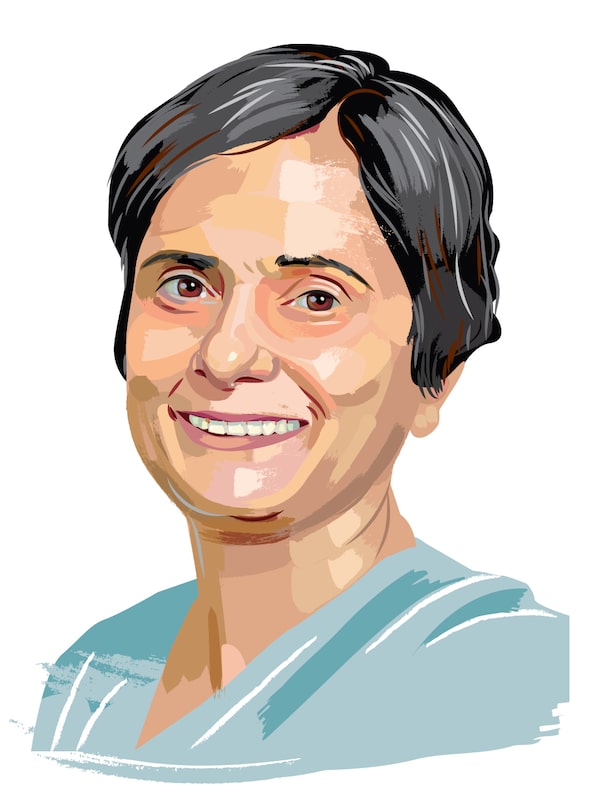
Gagandeep Kang
John Dirks Canada Gairdner Global Health Award
When Gagandeep Kang graduated from Christian Medical College in Vellore, India, she planned to become an ophthalmological surgeon. But a slight familial tremor in her arm ruled out a career in surgery, so Dr. Kang shifted her focus to microbiology.
Little did she know how impactful that decision would be.
During a stint at the U.K. Public Health Laboratory in London in 1991, Dr. Kang developed an interest in rotavirus, the most common cause of diarrhea in the world, a bug that kills an estimated 440,000 young children annually.
Over the next three decades, she would become the world’s foremost rotavirus scientist, conducting epidemiological, environmental and clinical trial research in India and internationally and paving the way for the development and widespread uptake of rotavirus vaccines, which have saved millions of lives.
“It’s crazy that in this day and age we still have so many children dying of diarrhea because of lack of access to clean water and sanitation,” she said in an interview. “We have effective treatments like oral rehydration but they only work if you get treated early and, in much of the world, people don’t have access to health care.”
Manufacturers try to test drugs and vaccines in ideal conditions to get the best results. Dr. Kang’s research revealed that oral rotavirus vaccines work far less well in developing countries like India than in wealthy countries like Canada – about 50 per cent efficacy compared with 90 per cent.
She speculates that children living in low-income countries are exposed to far more illnesses so their immune systems, and guts in particular, take a beating.
“What matters is how well vaccines work in the real world,” she said. “Until there are better living conditions, vaccines are best prevention we have. They save lives,” Dr. Kang said.
Equally important is affordability. In the U.S., vaccinating a child against rotavirus costs about $200; in India, it’s less than $2.
“Making inexpensive vaccines available to the world is my goal,” Dr. Kang said. To that end, she has been working with the Bill & Melinda Gates Foundation as director - Enteric, Diagnostics, Genomics and Epidemiology.
Dr. Kang said she has that luxury because there are so many researchers following in her footsteps in India. “There is no question that the most important thing I have done in my career is train people,” she said.
Too often, when people leave institutions, the programs they established collapse and die, and that is especially true in developing countries, Dr. Kang said.
“Ultimately, more work will only matter if it is sustained,” she said. “And I’m proud to say there are some amazing young people who are taking over.”
- André Picard
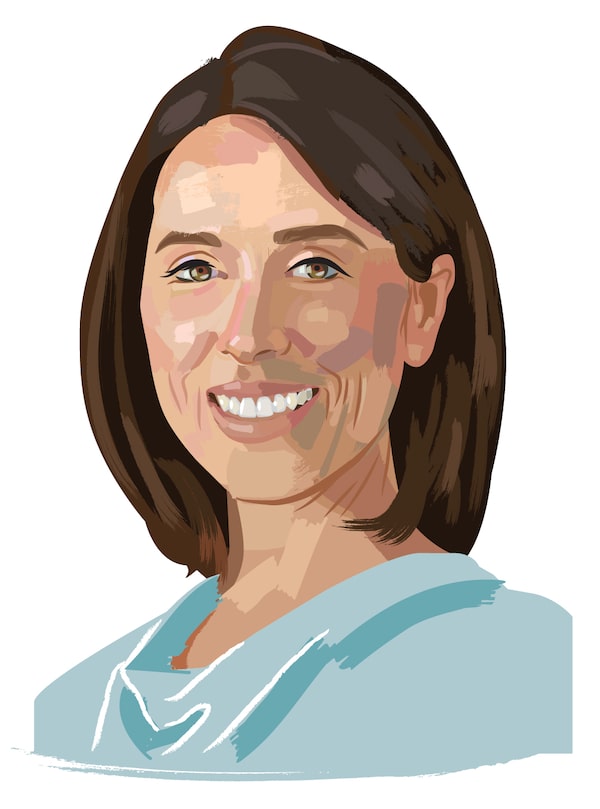
Meghan Azad
Canada Gairdner Momentum Award
Meghan Azad, one of the leading researchers in the field of child nutrition, is on a mission to root the conversation around breastfeeding in science, evidence and better public policy.
“This is the one and only food that has evolved to feed human beings,” said Dr. Azad, professor of pediatrics and child health at the University of Manitoba and a Canada Research Chair in early nutrition and the developmental origins of health and disease.
“It’s kind of wild to me that we know so little about it, relatively speaking.”
There is already evidence to suggest that breastfeeding helps babies ward off infections and lowers the risk of chronic illnesses such as asthma and obesity. But much of the existing research is limited and relatively simplistic, Dr. Azad said, in large part because there traditionally has not been much money available to scientists who want to study human breast milk.
To get an objective understanding of the impact breast milk has on infants and children, Dr. Azad is focused on the microbiome – the collection of trillions of microorganisms that play a multitude of important roles throughout the body, including disease prevention – and how breastfeeding affects it.
She is collaborating on the CHILD study, a major research initiative that began recruiting pregnant women in 2009 in Vancouver, Edmonton, Winnipeg and Toronto and continues to follow their children today. Investigators regularly collect samples, including blood, breast milk and urine, and conduct questionnaires and in-home visits to help answer questions about how early exposures – to a particular environment, diet or illness, for example – can affect health later on.
Dr. Azad said it quickly became clear that breastfeeding is one of the defining factors of the infant microbiome. Some of the study’s findings include new evidence about the preventive role breastfeeding plays against asthma and that pumping milk may cause some of its bioactive components to degrade in storage.
Now, she is continuing that work and trying to answer fundamental questions about the composition of breast milk, the role it plays in health and how that knowledge could be applied to help support breastfeeding policies.
In 2020, Dr. Azad was awarded a $6.5-million grant from the Bill & Melinda Gates Foundation to establish the International Milk Composition Consortium, which aims to better understand the various components of breast milk and how they interact.
She understands that breastfeeding can be a sensitive issue. But to her, the research is not about shaming people for their choices. It’s about providing irrefutable scientific evidence that can be used to shape better, more supportive public policies.
“We need paid maternity leaves, we need lactation rooms in workplaces,” Dr. Azad said. “For the babies who can’t ultimately be breastfed for whatever reason, how do we give them the best alternative?”
-Carly Weeks
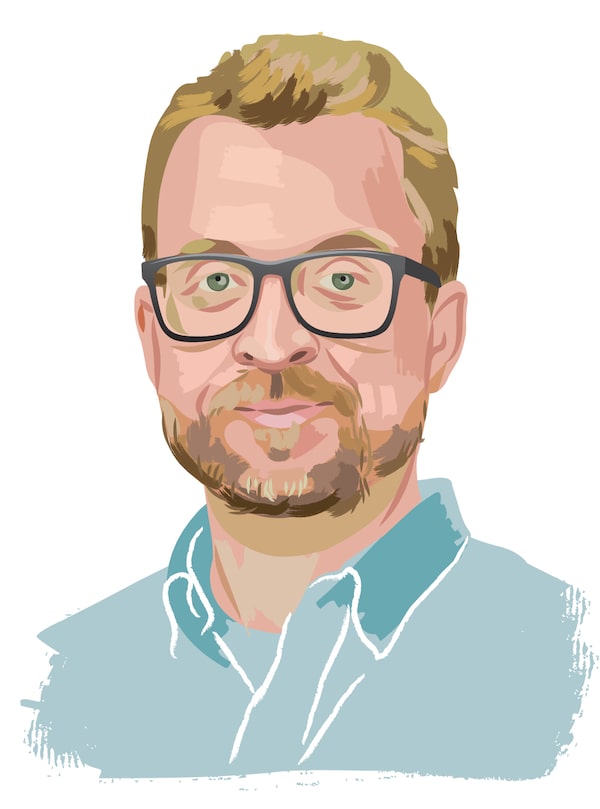
Christian Landry
Canada Gairdner Momentum Award
It was an absence of sorts that pointed Christian Landry toward the intricate science of gene networks and their evolution.
In the early 2000s, Dr. Landry was a Canadian graduate student at Harvard University working on a PhD about sea urchins when his supervisor left to become director of a marine science station on the Pacific coast. Dr. Landry stayed behind but had to switch to a new supervisor with a different focus: how gene expression changes across species.
It proved a fascinating question. Many organism share similar genes that somehow end up doing very different things. Somewhere in those differences lie the molecular foundations of evolution – subtle changes to the basic machinery of biology that enable a new function or species to emerge.
After Harvard, Dr. Landry returned to his native Quebec and to a postdoctoral fellowship at the University of Montreal where he gained a deeper understanding of how proteins interact and influence each other inside cells. Proteins are the operational building blocks of life and their actions are the way genetic changes reveal their evolutionary potential.
In 2009, he founded his own lab at Laval University and began to develop an experimental toolkit to explore more directly how networks of genes, operating through proteins, can drive biological change.
The goal, Dr. Landry said, is to apply synthetic biology, including CRISPR gene editing and other techniques, to recreate and test why some genetic mutations produce no effect, others lead to deleterious results and still others confer a biological advantage.
“This has been studied theoretically in evolution for a long time, but now we can study it experimentally and measure that in the cell,” Dr. Landry said.
Over the past 15 years, this approach has proved a rich and diverse molecular playground – and yielded results that are consequential to human health.
Among the questions under scrutiny in Dr. Landry’s lab are the ways that harmful fungi can develop drug resistance. Such pathogens are often a risk to immunosuppressed individuals or those with other underlying conditions. The work can help guide how various drugs are deployed against infection while minimizing the possible emergence of drug resistance.
What continues to astonish him, Dr. Landry said, is how ideas that were once considered no more than thought experiments in scientists minds’ can now be realized and attempted with the tools available to researcher labs today.
“It means that we’re just limited by creativity, mostly,” Dr. Landry said. “And one of the things I admire the most in science is creativity.”
-Ivan Semeniuk